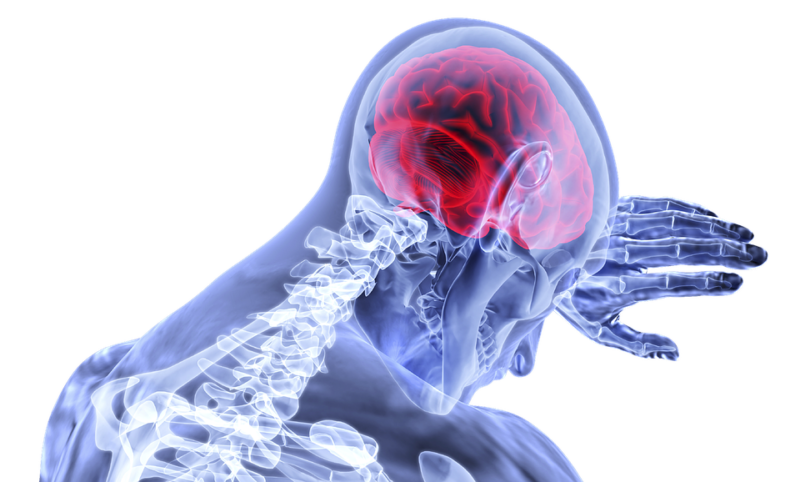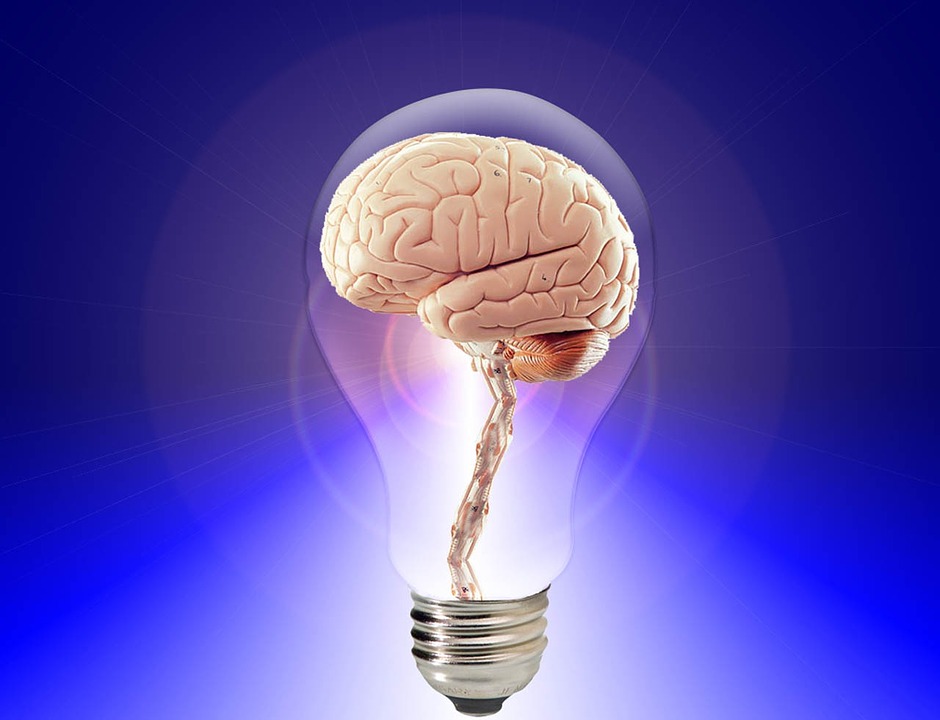A Complete Guide to How Your Brain Works (So You Can Begin to Hack It) The brain is by far the most powerful computer on the planet with billions upon billions of connections and a near limitless storage capacity. There are still countless things that we don’t fully understand about our brains but nevertheless we are starting to understand more and more over time. And with each new discover comes new ways to get more from our grey matter and upgrade our performance.
The good news for you is that all this information is freely available now and you don’t have to go through years of complex experiments and research to unlock all the secrets. In fact, this chapter will serve as a complete primer to bring you up-to-speed on your brain.
But a word of warning: this is complex stuff. If you just want to get to the good stuff and start learning how to get more from your brain. However, I highly recommend that you do not, seeing as it will give you a far better understanding of what’s actually going on inside that skull of yours and thereby give you more autonomy when it comes to discovering new ways to tap into your cranium’s near-limitless potential.
Neurons
The first thing to understand then, is that your brain is made up of billions  of neurons. Neurons are ‘brain cells’ and in a sense, they operate just like any other cells in your body. They have a cell membrane (the wall surrounding the cell), they have a soma (the body of the cell) filled with cytoplasm (fluid), they have mitochondria to provide energy and they have a nucleus containing your DNA.
of neurons. Neurons are ‘brain cells’ and in a sense, they operate just like any other cells in your body. They have a cell membrane (the wall surrounding the cell), they have a soma (the body of the cell) filled with cytoplasm (fluid), they have mitochondria to provide energy and they have a nucleus containing your DNA.
But brain cells also have a few ‘extras’. Specifically, brain cells have axons and dendrites. The axons are the long ‘tails’ of your brain cells which protrude from the back. The dendrites meanwhile are a lot like routes or tendrils that stretch out across the brain coming off of the soma. The job of the dendrites is to find the axons of other cells, where they can then form a connection.
Neurons come in all shapes and sizes. While they are microscopic, they will sometimes have connections stretching all the way from one brain ‘regions’ to another to form connections. Brain cells don’t actually touch but instead leave a small gap called the ‘synaptic gap’ and communication then occurs across the gap. When a brain cell lights up or fires, this is called an ‘action potential’.
During this point, a small electrical current jumps from the synaptic ‘knob’ over to one or several connecting dendrites. This is how signals find their way around the brain. Each time a neuron fires like this, it corresponds to some kind of subjective experience in the brain. For instance, one area of the brain – the occipital lobe – deals entirely with vision.
When neurons in this region fire, it causes specs of light to appear like ‘pixels’ in the eyes of the viewer. Meanwhile, other neurons might make us remember a specific event, experience a smell, move a finger or fall asleep. Generally, neurons are arranged into groups which is what gives the brain distinct ‘regions’ for particular activity like this. At any time, you’ll have a certain amount of activity in different regions of the brain – the entire brain is never lit up simultaneously.
This will likely correspond with what you’re thinking, what you’re seeing and what you’re feeling at any given time. And the connections mean that seeing one thing will often result in you remembering something else, or making the decision to do something.
Note that neurons only fire at one ‘amount’. That is to say that there are no ‘degrees’ of firing – a cell is either firing or it is not. However, it might require input from numerous different surrounding neurons before it becomes excitable enough to light up itself.
Neurotransmitters and Hormones
But it is not just a current that jumps across the synaptic gap during  communication between cells. At the end of each axon at the synaptic knob are tiny ‘sacks’ called ‘neurovesicles’. These contain neurotransmitters, which include the likes of dopamine, serotonin and norepinephrine. Basically, a neurotransmitter will change the excitability of your brain, the likelihood of memories forming, your attention or your mood.
communication between cells. At the end of each axon at the synaptic knob are tiny ‘sacks’ called ‘neurovesicles’. These contain neurotransmitters, which include the likes of dopamine, serotonin and norepinephrine. Basically, a neurotransmitter will change the excitability of your brain, the likelihood of memories forming, your attention or your mood.
For example, serotonin is the ‘feel good’ neurotransmitter. This means that it will normally be released when we see, think about or otherwise experience something that makes us happy. It’s also released during exercise and when our body detects sugar! Meanwhile, dopamine is a neurotransmitter that gets released when we think something is important.
This then increases motivation, focus and the likelihood of a memory forming afterward. Neurotransmitters in this sense tell us what we should be feeling about the experience of certain neurons firing. In some cases, a hormone can act like a neurotransmitter and vice versa. For instance, testosterone has an effect on our brain cells, as does cortisol.
More often, neurotransmitters simply make a cell more or less likely to fire an action potential, which results in them being categorized as either ‘excitatory’ or ‘inhibitory’. In order for neurotransmitters to have an effect on us, they need to interact with ‘receptors’ located on the dendrites of cells. In other words, a neuron might release serotonin from its vesicles when it fires but this will only have any impact on those connected neurons that contain serotonin receptors.
Brain Plasticity
Once upon a time, scientists believed that the brain would be set in stone after a particular age. In other words, it was thought that once we reached adulthood, the brain would no longer continue to grow or change shape. However, this has subsequently been found to be way off the mark.
In reality, our brains continue to grow and change almost endlessly as we get older and this is how we are still able to formulate new memories and learn new subjects. New brain cells can form in numerous regions of the brain for instance via a process called ‘neurogenesis’. At the same time, new connections can also be formed and there is a simple rhyme to help you remember the rules here: ‘neurons that fire together, wire together’.
In other words, if you repeatedly hear a particular sound while experiencing a particular smell, you will eventually get to the point where those two neurons form a connection. Over time, that connection will become stronger and stronger via a process called ‘myelination’. Essentially, the axons and dendrites involved in the connection become better insulated, which strengthens the circuitry and makes it easier for one neurons to cause the other to fire.
This is how we can end up rote learning particular movements to the point where we no longer even need to think about them. One movement simply triggers the next movement automatically and almost without our conscious input.
Understanding brain plasticity – also known as neuroplasticity – is one of the most important secrets to improving your brain function. This is the mechanism through which all learning occurs and thereby, it can be tapped into to gain a huge number of new abilities!











